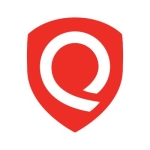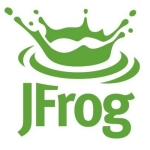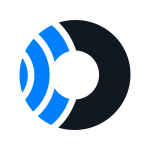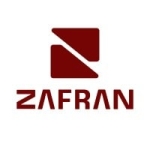I have been using Tenable Nessus for my personal use. It works well.
I am using this solution for testing.
The most valuable features are that it's fast, it's easy to use, and it provides good reports.
The only thing that I don't like is KBs information. For example, if we scan our workstation and you go to the results report that Nessus provides, we are going to see a lot of KBs as remediation. But in most cases, the KBs are always superseded.
Also, we are not able to apply those because Microsoft has already released a new TB.
Nessus is not doing a good job in updating its remediation section of the reports.
Remediation needs improvement. They are providing a lot of superseded KBs as remediation.
For example, when you share that with several team members or with one individual, and you ask them to work on this, they reply with Microsoft already has something new.
I have been using Tenable Nessus for approximately two years.
This solution is stable. I have not experienced any issues. It worked fine.
It's a scalable solution. I have not had any problems.
I am the only person using this solution.
Technical support is good. They provided information that is needed.
Previously, I was not using another solution. I use Nessus through a course that I was taking in the security field.
The initial setup was straightforward.
We did not use a vendor or vendor team to implement this solution.
I have evaluated one other solution, but because of my company policies. I can't share that information.
Tenable has Tenable.io, and I believe that they have the remediation updated, but Tenable Nessus Professional does not. I don't think that they will continue to keep it available in the market. They should probably decommission it.
Remediation is better in other tools than with Nessus.
For anyone who is interested in this solution, they should test the scan timing to see if it consumes a lot of time or not.
Research the remediation information to see if it is okay, or trust proof or not.
The reporting works well and it allows you to share. Also, support is important.
I would rate Tenable Nesuss an eight out of ten.

















